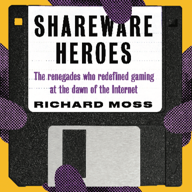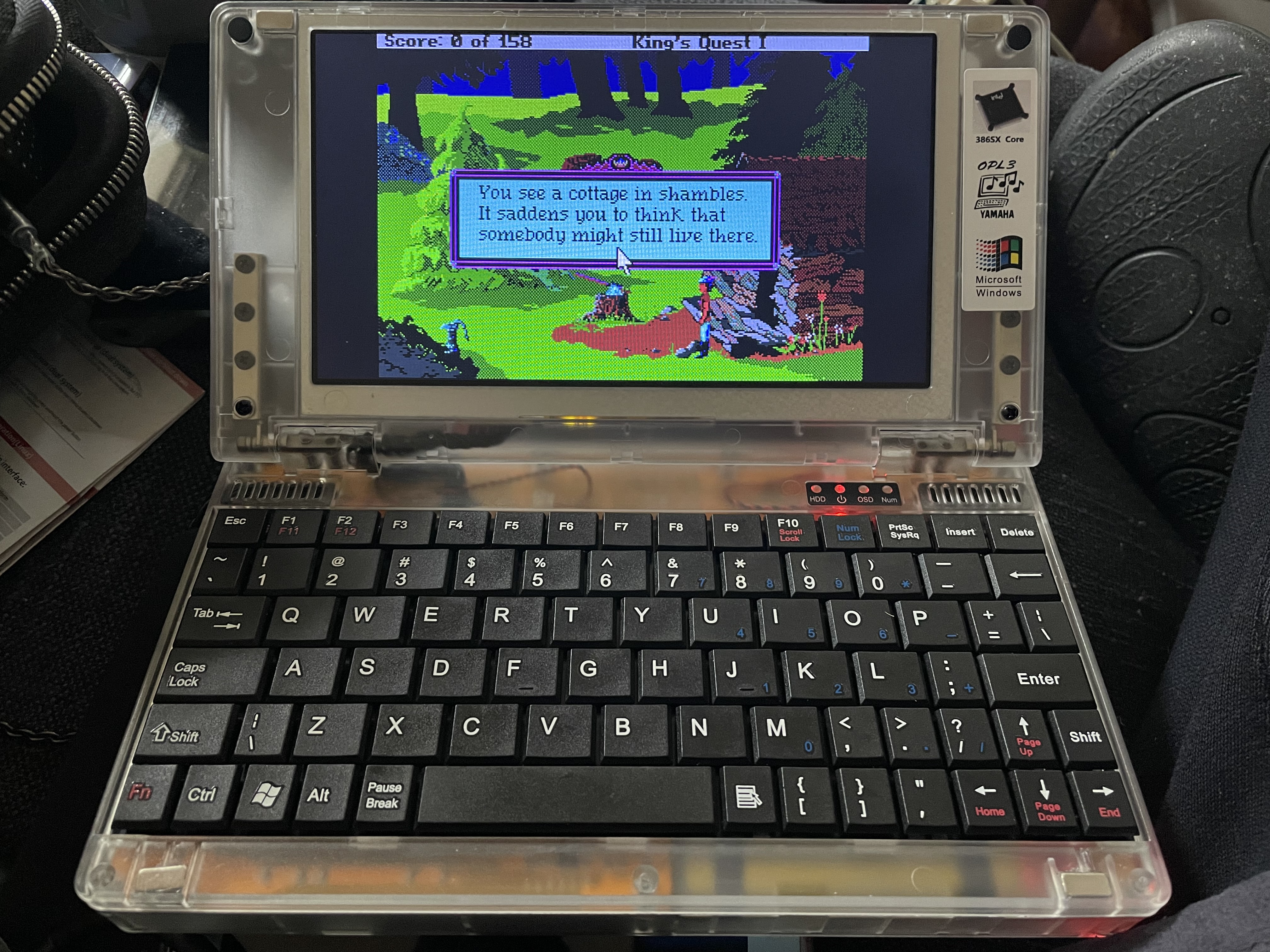And it never really _died_; rather, the term just sort of stopped getting used. Where before we had "shareware software" and "shareware games" we instead had things sold in much the same form as "apps" (with in-app purchases and/or demo/lite versions) and "indie games".
Somewhere along the way the term became irrelevant because it became the default way to sell and distribute software and games.
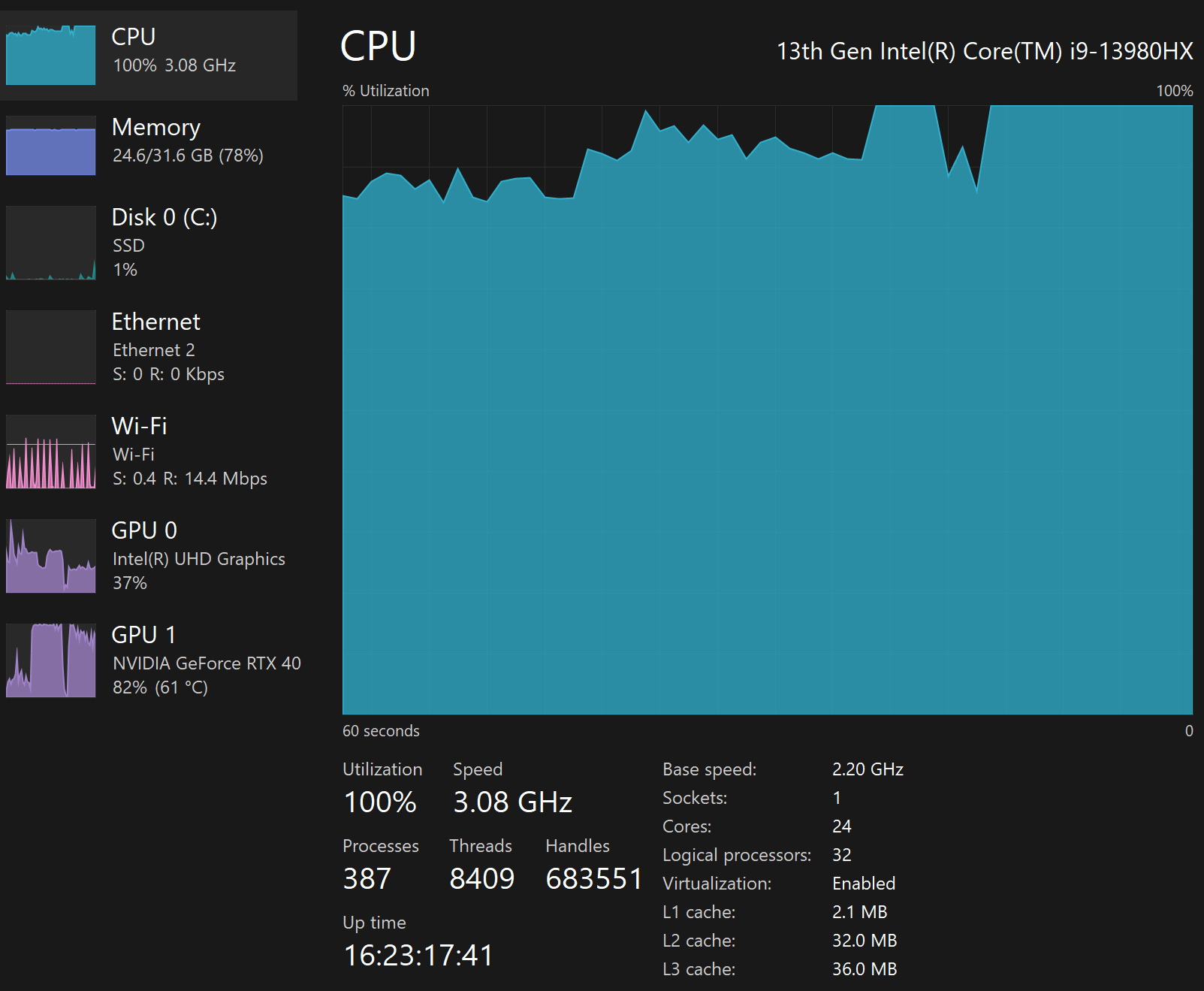
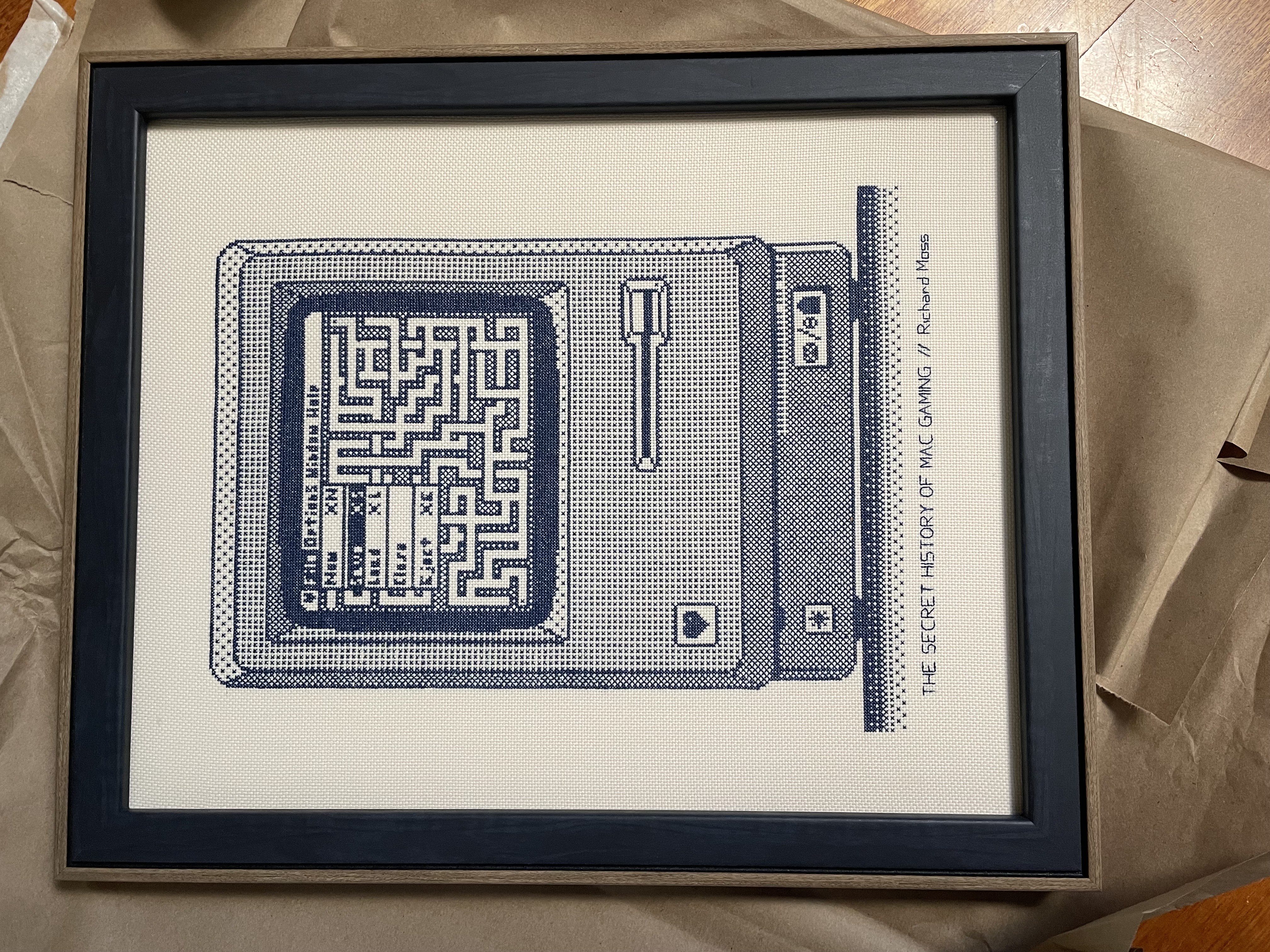
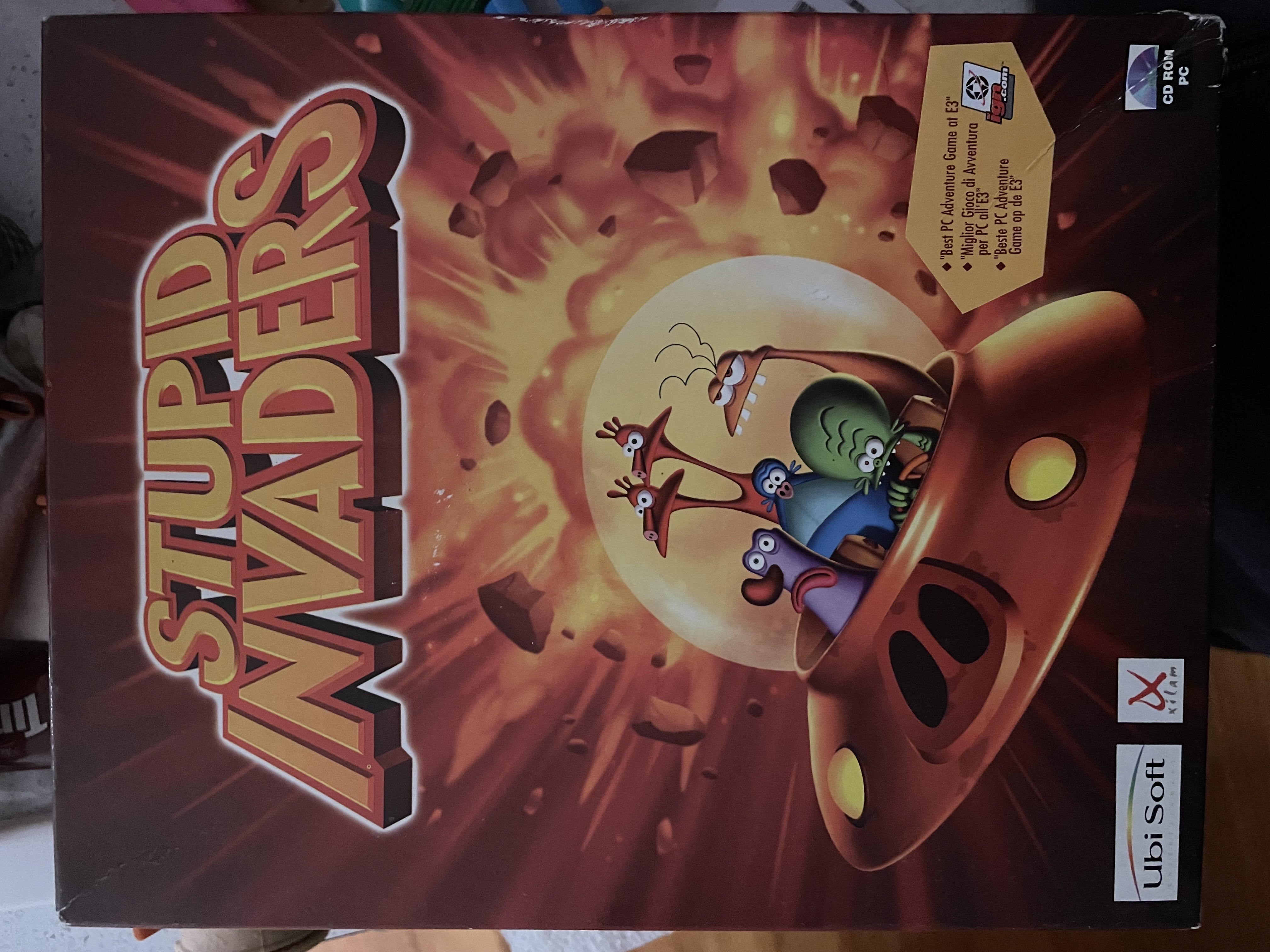
"Decoder Ring is a keygen for games released by Ambrosia Software. This software was released on 1 October 2023 by Andrew Welch, former president and Chief Thaumaturge of Ambrosia Software.
May your flights through the stars be free of Cap'n Hector's menacing Rapiers and may no one try to kill you with a forklift."
What the actual hell?
Romhacking.net is shutting down :-(
Info as to why on the site.
This was the go-to site for all kinds of retro games patches, retranslations, and utilities.
Very sad :-(
Coming soon from Bitmap Books. More info: https://www.bitmapbooks.com/collections/all-books/products/a-tale-of-two-halves
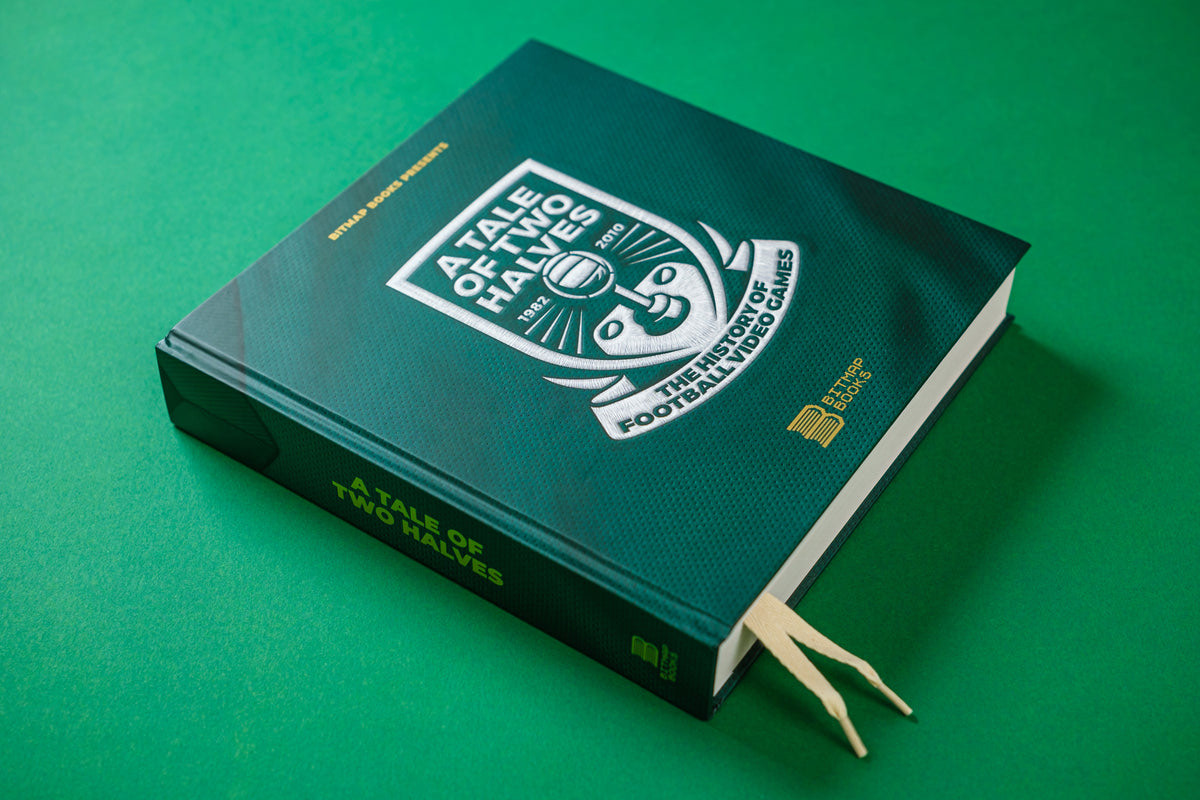
Game artist Brett Jones, known for his work on GoldenEye and Perfect Dark, has died.
https://www.gamesindustry.biz/goldeneye-and-perfect-dark-artist-brett-jones-has-died
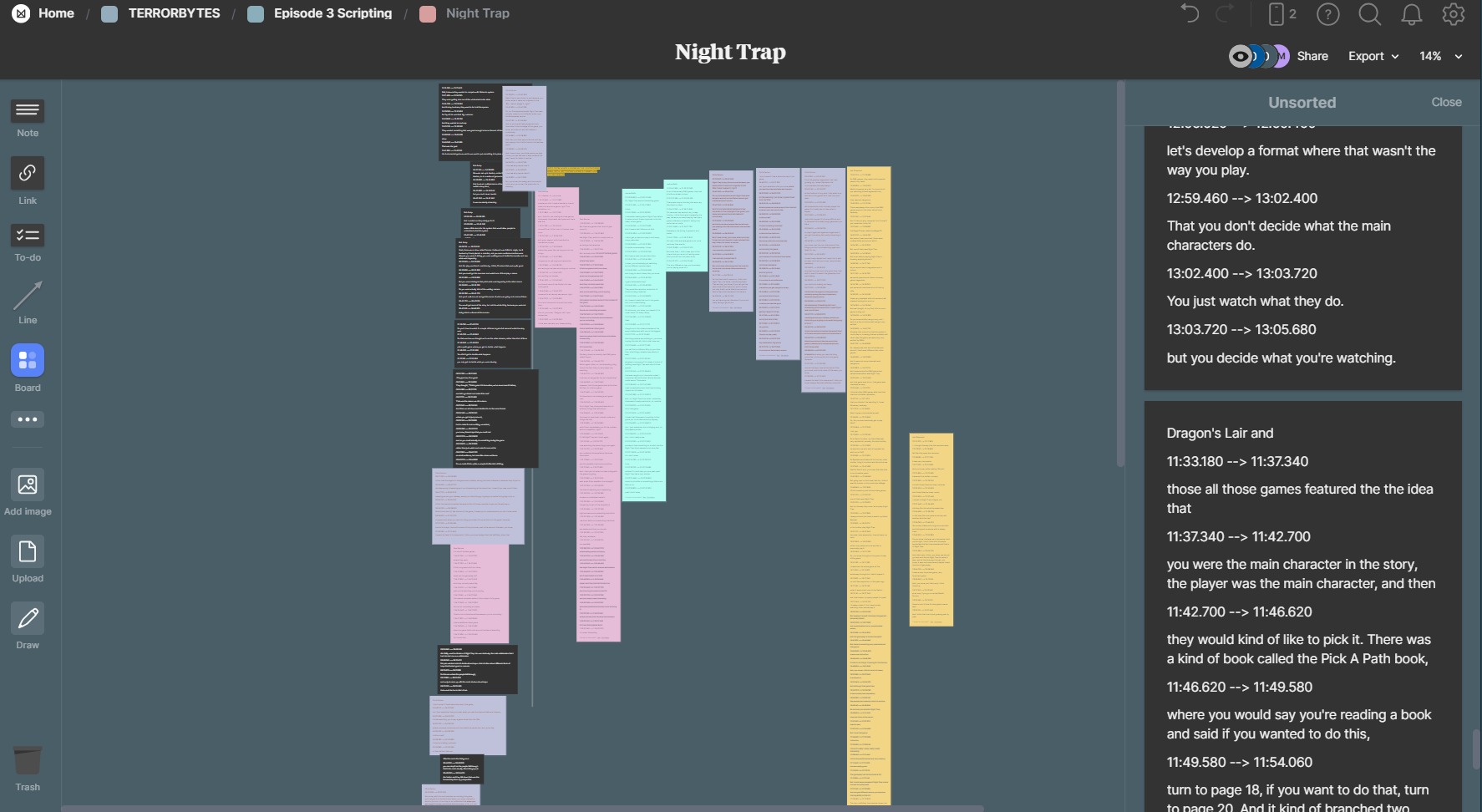
I recently discovered an odd first-person maze game called “Lair of Squid” built into my HP 200LX palmtop PC, released in 1994
Then I found the author. Here’s the story of how this quirky Doom-inspired title came to be: https://arstechnica.com/gaming/2024/07/how-i-found-a-forgotten-squid-based-ode-to-doom-on-a-1994-palmtop-pc/
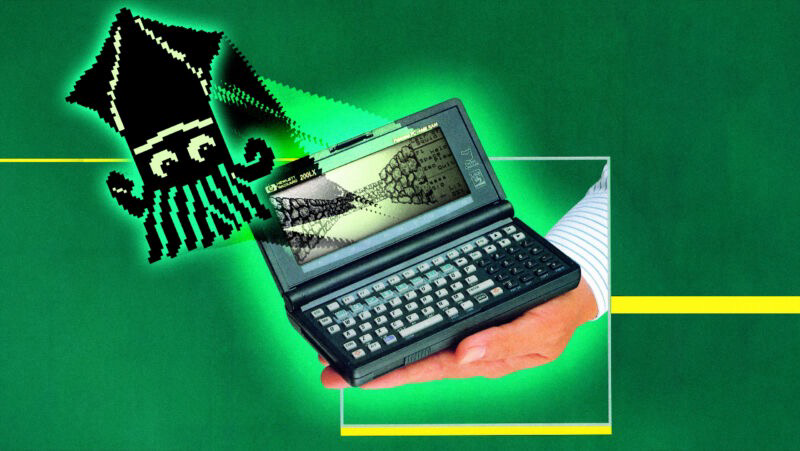
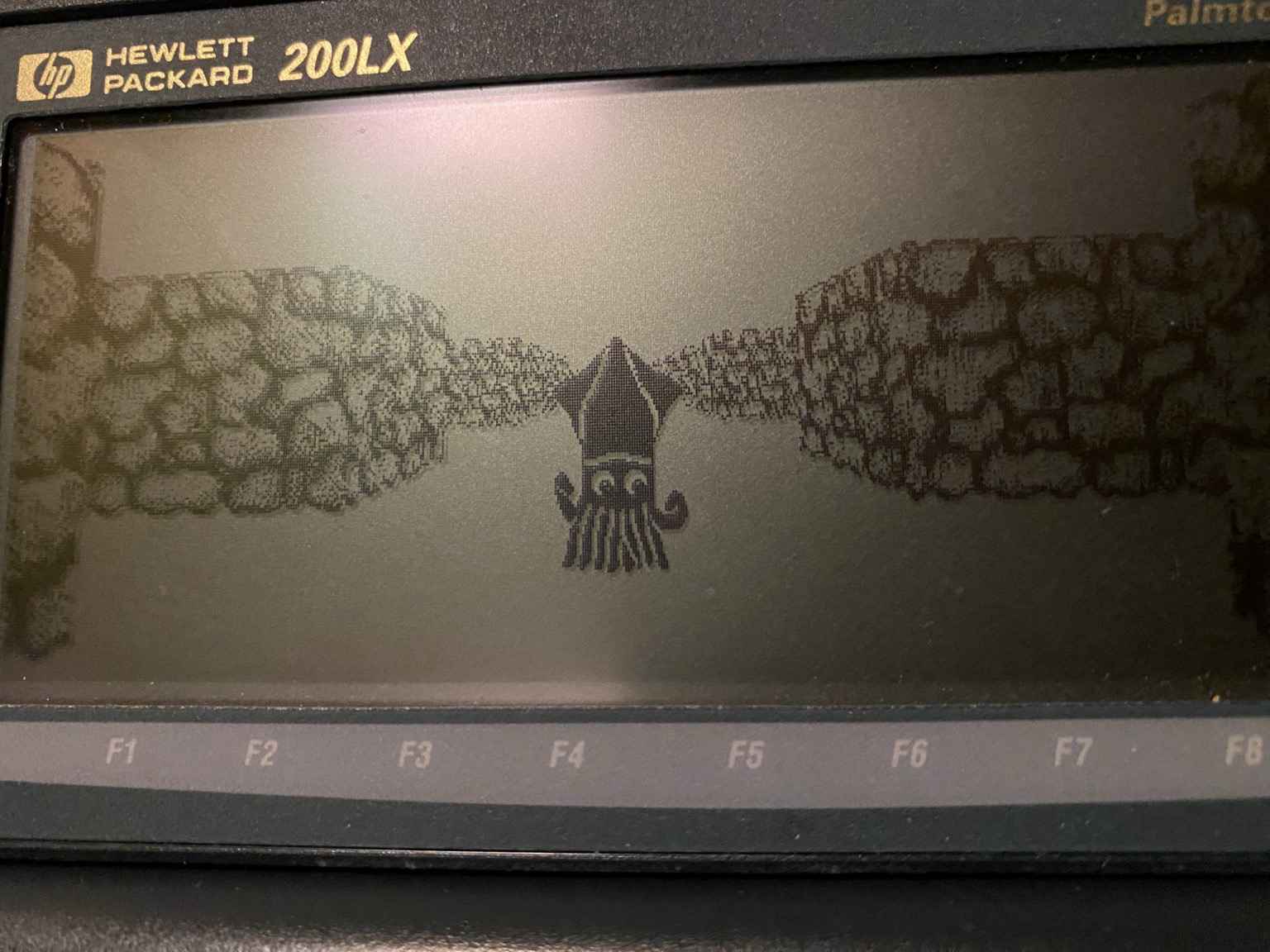
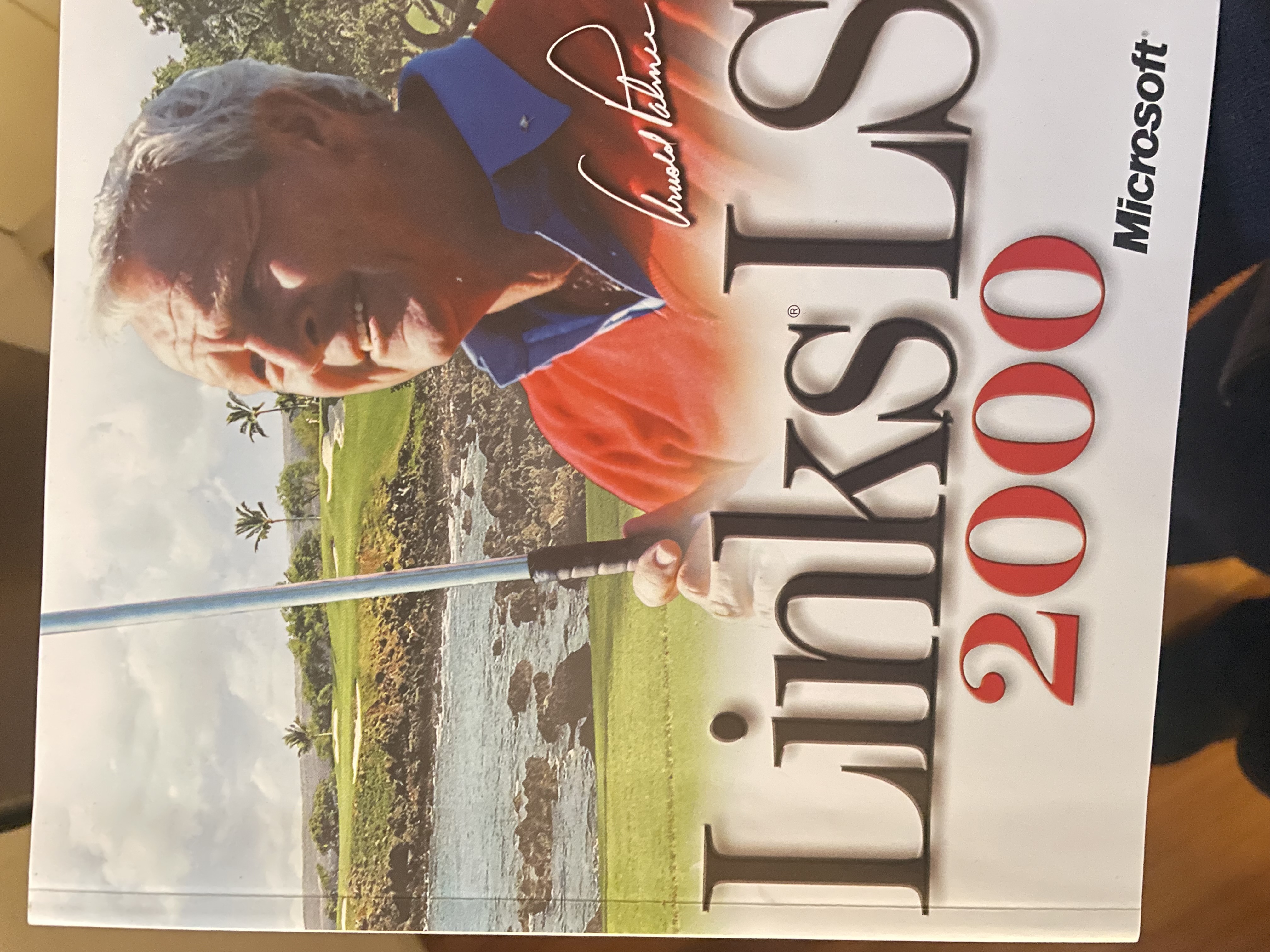
i've been posting a lot of my shareware research lately, because i've been working on a project for the past few months with a blend of Windows 3.1 & GeoWorks Ensemble used as inspiration.
Exigy is a tile-based game creation kit that lets you make windows 3.1/95-styled games, like spiderweb software's Exile or rick saada's Castle of the Winds. hell, you could remake the Microsoft Entertainment Pack if you wanted to :)
the editor is very intentionally built to work like MS Visual Basic: you can drag and drop any GUI element into the game editor window and script in your own actions with lua. it even comes with its own built-in sprite editor, so you can create your art while you work.
games are modified in real-time with no compiling. the entire thing is built in Love2D.
think of it as ZZT for windows 3.1 if that had ever existed. 😆
#zzt #shareware #dosgaming #windows95 #win31 #exigy #gamedev #geoworks

